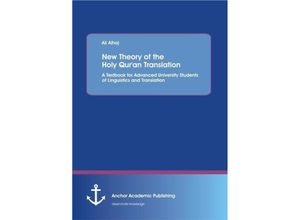Translation strategies are the procedures employed by the translator to attempt a solution to
the multifarious baffling problems with which translation is indubitably replete. Malone (1988
p.78) defines translation The steps selected from a consciously known range of potential
procedures taken to solve a translation problem which has been consciously detected and
resulting in a consciously applied solution. While some strategies are helpful others turn out
to be of little avail. It follows then that the translator has to sort out the wheat from the
chaff in pursuit of a good translation. Here the translator may utilize particular strategies
in accordance with the method anticipated in the course of translation i.e. target-
orientedness or source- orientedness. Faced with differences in the extralinguistic reality of
the two cultures or ist lexical mapping the translator tries to reconcile them by relying on
the following procedures: borrowing definition literal translation substitution lexical
creation omission and addition. Three comments that need to be made by the researcher in
connection with this list: First not all of the procedures achieve cultural transfer in the
sense of filling the gap but they all serve the purpose of achieving communicative equivalence
in translation. For instance substitution and omission certainly do not help to make members
of the target culture aware of anything that their culture does not already possess and
lexical creation is no more enlightening than the use of the sources - language expression
unless accompanied by some other procedure that will make the particular extra-linguistic
feature part of their experiences. Second combinations of procedures rather than single
procedures are required for optimum transmission of cultural information (e.g. borrowing -and-
definition borrowing-and- substitution lexical creation-and- definition ) Third in planning
his her translation strategy the translator does not make a one-time decision on how he she
will treat unmatched elements of culture rather even if the translator has established an
overall order of preferences he she usually makes a new decision for each element and for ist
each use in an act of communication rather even if he has established an overall order of
preferences he usually makes a new decision for each such element and for each use in an act
of communication .(Cohen 1990 p.78)



